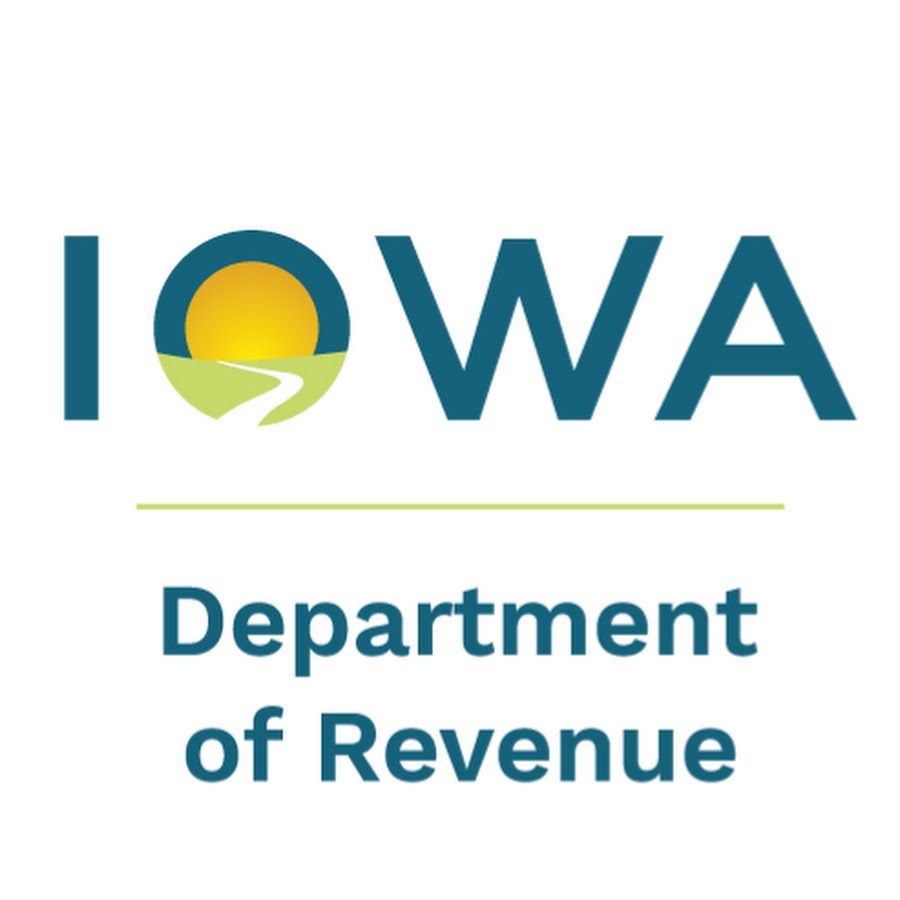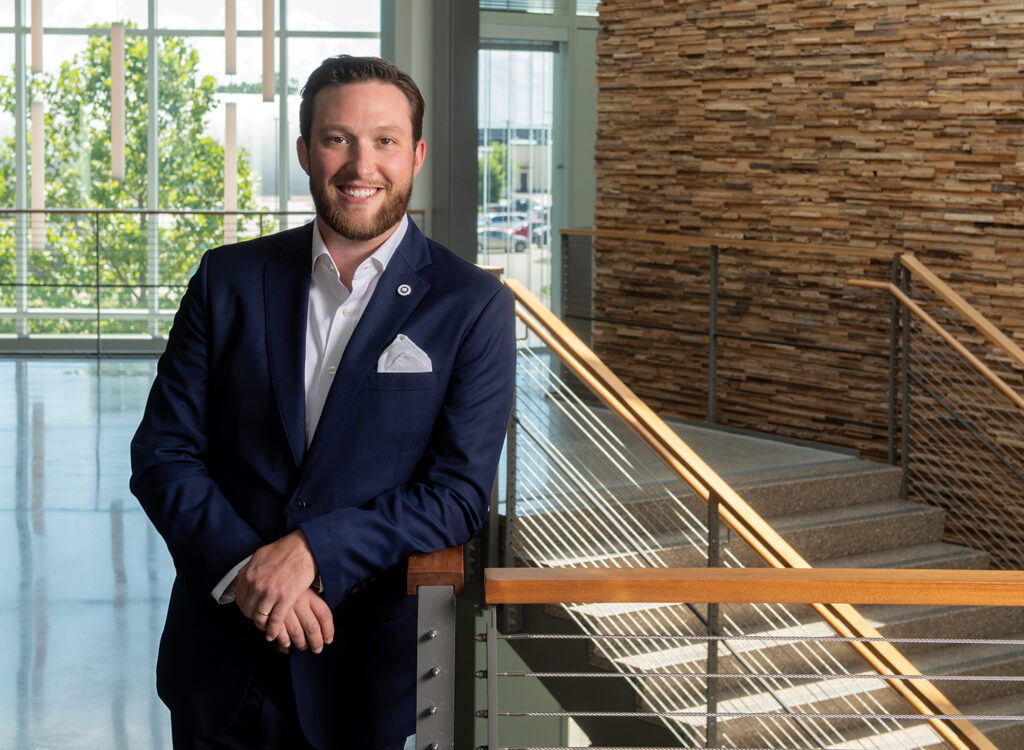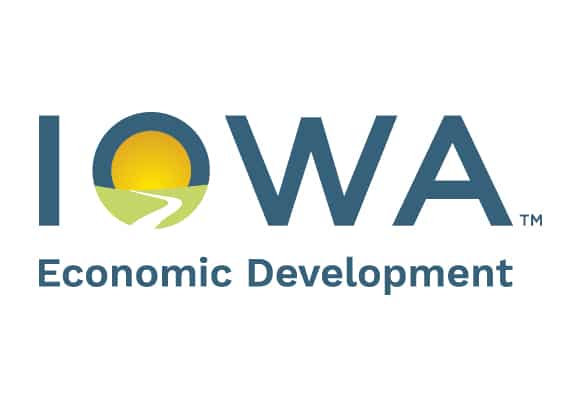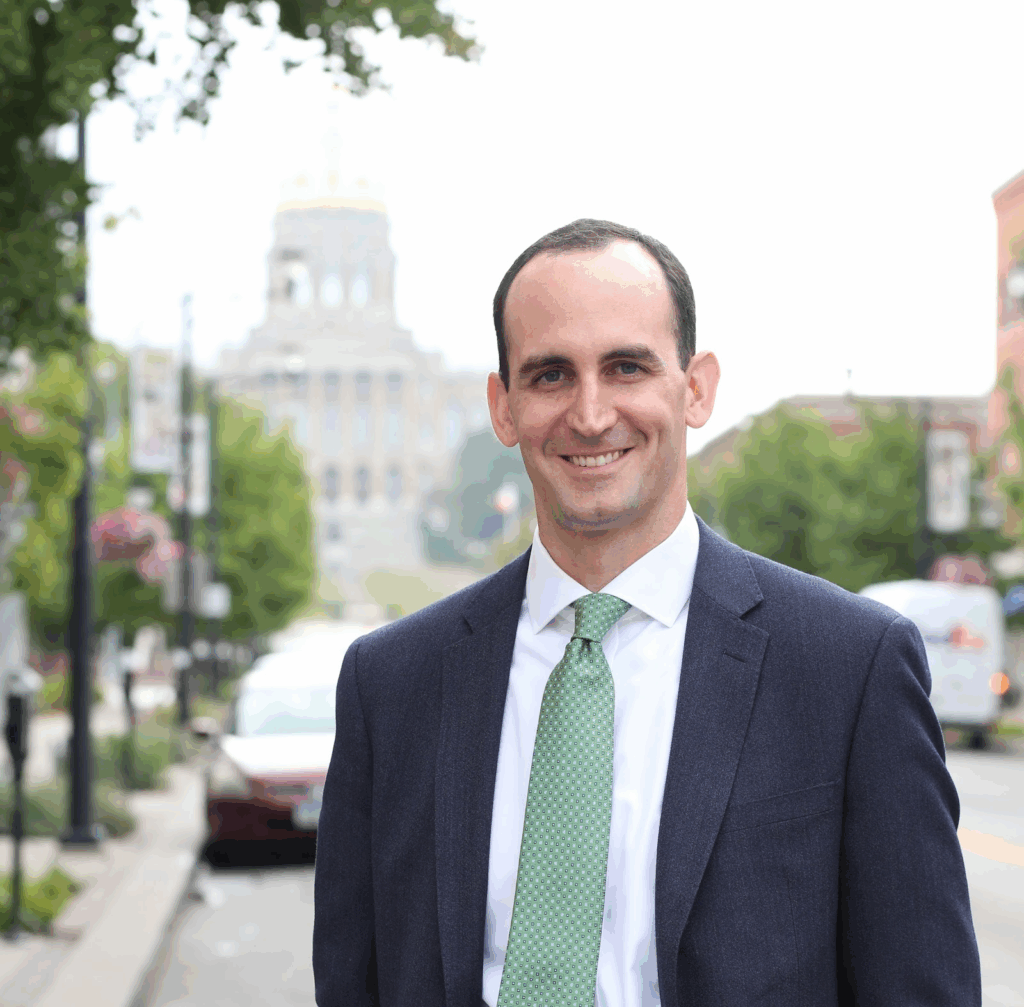Guest column: Collaboration leads to economic development success

Tiffany Tauscheck Feb 21, 2025 | 6:00 am
3 min read time
764 wordsEconomic Development, Greater Des Moines Partnership Guest ColumnAt last month’s Greater Des Moines Partnership Annual Dinner, we played a video featuring testimonials from key leaders who were heavily involved in our organization in 1999 when it was reimagined to become what the Partnership is today. The leaders in this video included Steve Chapman, retired president and CEO of Ruan Transportation Management Systems and ITA Group; Suku Radia, retired CEO of Bankers Trust; Connie Wimer, founder and chair of Business Publications Corp.; and Steve Zumbach, retired attorney at Belin McCormick Law Firm.
Hearing their reflections was a powerful reminder that the same spirit of regional collaboration that we are collectively working to enhance in 2025 was on the forefront of their minds more than 25 years ago. As Chapman said, “We needed regional cooperation, not so much regional competition. So we needed to be sure everyone was at the table.”
More than 25 years later, we are reaping the benefits of this regional approach. Our footprint continues to grow, with Clarke County Development Corp. joining as our 12th county economic development partner and the Perry Chamber of Commerce becoming part of our affiliate chamber network. This network now serves more than 6,700 regional members, making us the third-largest regional chamber in the entire country.
This regional approach is a key driver in economic development growth and talent attraction and retention. Greater Des Moines is the fastest-growing region in the Midwest in a number of categories including population growth, gross domestic product growth and employment growth.
Our region has a long history of working together across industry sectors and across jurisdictional boundaries.
In fact, you can look back even further than 1999 to see the idea of collaboration driving growth in our community. Before we became the Greater Des Moines Partnership, our organization was formed in 1888 as the Commercial Exchange (and evolved into several other names over the years before becoming the Partnership in 1999). I love this quote from W.W. Witmer, the first chair of the Commercial Exchange: “We want harmony, we want all to pull together and all try to work in accord regardless of the opinions of each other.”
Today, we still embrace this as a unique opportunity that helps our region land economic development projects, expand businesses here, and attract and retain talent here.
When we are pursuing economic development projects, we have compelling selling points to share. A recent report from Moody’s Analytics shows that we have one of the most competitive business climates in the country. Our region’s cost of doing business is 14.6% below the national average, which is the most competitive level the region has achieved since Moody’s began compiling this data in 1990. Likewise, it is typical to find combined living costs 10% to 12% below the national average, according to quarterly surveys by the Council for Community and Economic Research.
We know that 10,000 economic development organizations compete for 100 to 200 major projects each year and it’s a more competitive environment than ever before. When site selectors and economic development professionals are considering where to relocate or expand, they are typically looking for any reason to cut down their list of potential locations. The data points above help keep us on the list. Our ability to provide a regional approach to economic development helps us stand out and win projects.
As evidenced by our list of economic development project leads that is the highest in years, we have been and will continue to be very competitive. Our team is leveraging data and working closely with regional partners to pursue every possible qualified lead. Economic development is a team sport.
One example of how this works. We recently hosted an international prospect who first heard about the state from the Iowa Economic Development Authority at a tradeshow and eventually decided to pursue options in the Greater Des Moines region. The Partnership worked with city and county economic development organizations, local city government and utility partners to gather necessary site information. Because of this collaboration, we will soon have a new company locating to Greater Des Moines. The CEO of the company commented that while they looked at other Midwest states, it was clear to see the level of collaboration and attention she received here was second to none.
That is how we win. Together.
As a region we are good at collaborating, problem-solving and identifying opportunities. We have set the example for many decades, and our current generation of leaders can continue this trend. When challenges arise, we will continue to fare better than other regions because we work together.









